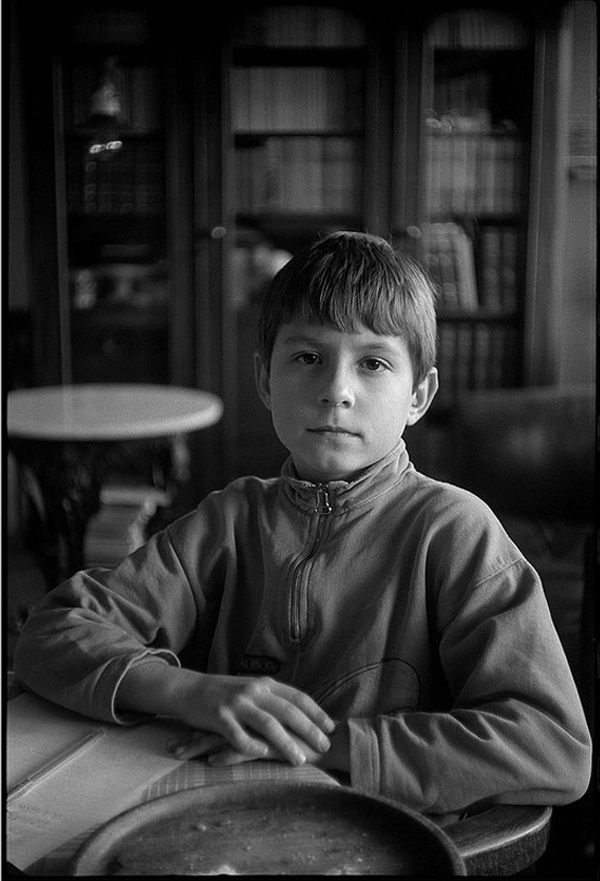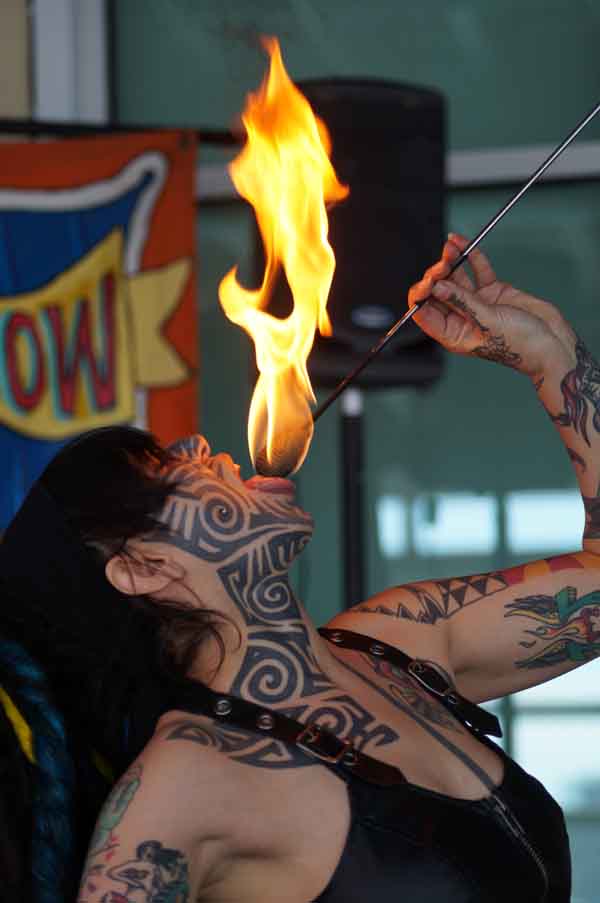How to Make Your Images Pop with Bokeh: Why Blurred Backgrounds Can Make or Break a Photo
In commenting on an obscenity case back in 1964 Supreme Court Justice Potter Stewart famously quipped, “Hardcore pornography is hard to define, but I know it when I see it.” The same can be said of bokeh, a Japanese term for the perceived quality of the out-of-focus areas in a photograph.
Back in the day (1880-1920) almost all terms used to describe how lenses rendered images were purely subjective—a lens was said to have a luminous, rounded, or plastic quality. Partly in reaction to this nebulous subjectivity, scientists and lens geeks came up with objective measurements of optical performance such as line pairs per millimeter resolution, and much later, MTF (modulation transfer function). These systems focus on sharpness, or the ability of a lens to faithfully render details and contrast in the captured image.
Optical companies have more recently become adept at designing lenses that perform extremely well in objective tests—they’re amazingly sharp and can capture exquisite detail even at their widest apertures. However, photographers in Japan began to notice that some of the “best” lenses didn’t render images in a “beautiful” or “natural” way. They could be phenomenally sharp at the point of focus, but the out-of-focus areas in the background and foreground sometimes had a harsh, unnatural look with unpleasing bokeh—especially problematic in landscapes and portraits.

Over the past 20 years bokeh has become an increasingly important criterion for both lens designers and photographers, and most modern lenses have good to excellent bokeh. What does bokeh really mean, what factors define it, and how can you check the bokeh of your lens? Read on.
Defining Bokeh
Here’s the official Merriam Webster Dictionary definition of bokeh: “The blurred quality or effect seen in the out-of-focus portion of a photograph taken with a narrow depth of field. Good bokeh is smooth and pleasing, whereas bad bokeh produces a jagged and discordant effect … The quality of bokeh is largely dependent upon the construction of the lens. For this reason, lenses that provide high-quality bokeh are prized.”

The following from Wikipedia is a more comprehensive take on bokeh (visit the Wikipedia website for the fascinating complete article):
“In photography, bokeh is the aesthetic quality of the blur produced in the out-of-focus parts of an image produced by a lens. Bokeh has been defined as ‘the way the lens renders out-of-focus points of light.’ Differences in lens aberrations and aperture shape cause some lens designs to blur the image in a way that is pleasing to the eye, while others produce blurring that is unpleasant or distracting—‘good’ and ‘bad’ bokeh, respectively.
“Bokeh occurs for parts of the scene that lie outside the depth of field. Photographers sometimes deliberately use a shallow focus technique to create images with prominent out-of-focus regions. Bokeh is often most visible around small background highlights, such as specular reflections and light sources, which is why it is often associated with such areas. However, bokeh is not limited to highlights; blur occurs in all out-of-focus regions of the image.”
Here are my personal thoughts on the above: First, the correct (Japanese) pronunciation of bokeh is bo-ke, that is “bo” as in “bow” and “ke” as in Kenneth. Most Americans say, bo-kay (which is OK with me). And some say bo-ka, which sets my teeth on edge, but whatever floats your boat.
However you pronounce it, bokeh is not confined to images taken at wide apertures and/or with limited depth of field, although comments on bokeh are most often made in reference to such images. Bokeh is a term that refers to the perceived quality of the out-of-focus areas of a photographic image.
3 Characteristics of Good Bokeh
Here’s my view of what makes an image with pleasing bokeh:
- Out-of-focus image areas are smooth with no harsh linear patterns or other visible artifacts.
- The transitions between in-focus areas of the image to out-of focus areas are smooth and gradual rather than abrupt.
- The out-of-focus image areas retain the shape of the original object with minimal or no distortion.
Factors influencing bokeh include the optical design of the lens and the physical construction of the lens. Judgments about bokeh are inherently subjective, even in cases where there is widespread agreement. Attempts have been made and will continue to be made to quantify the concept of bokeh, but there are presently no universally accepted objective criteria.
Important Lens Considerations
Many lenses made before about 1950 were designed “by the seat of the pants,” based upon experience and mathematical calculation but without the aid of ray tracing, computers, etc. Optical designs often entailed modifying existing formulas and were tested photographically by shooting photos of both real-world scenes and test targets. There are technical limits to this traditional approach, but in general the distinctive “look” of the images captured by vintage lenses is pleasing and natural, and they usually have pretty good bokeh.

All things being equal, the greater the number of blades in the lens diaphragm the more nearly circular the aperture is when stopped down and the better the bokeh— especially at moderate apertures such as f/8. Rounded-edge blades also help maintain a more circular aperture so check your lens specs. When shooting wide open, the number of blades is irrelevant, but hexagonal and (to a lesser extent, octagonal) apertures tend to produce an unnatural “honeycomb effect” especially in the highlights of out-of-focus image areas.
Diaphragms with fewer blades became popular in lenses for SLRs and DSLRs with automatic stop-down mechanisms because they have less static friction. The “donuts” in out-of-focus highlights shot with mirror (catadioptric) lenses are another classic example of bad bokeh.
How to Test Your Lenses
It’s pretty easy to check the bokeh of a lens by taking a series of photos and examining them on a decent-sized monitor where you can view the entire image at high magnification. Make sure to shoot a series of the same subject at different apertures, preferably with the camera mounted on a sturdy tripod.

Examples of good test scenes include a close-up portrait with light-colored flowers or leaves in the background in bright, partially diffused sunlight; a landscape with clearly identifiable foreground detail that will be out of focus at the widest apertures; and an environmental portrait focused on the main subject with foreground and background details noticeably out of focus.
Does your lens have great, good, decent or atrocious bokeh? Carefully check those out-of-focus image areas and note how they’re rendered at each aperture. The verdict is ultimately up to you of course. Yes, bokeh is a serious subject and a critical factor in determining overall image quality, but it can also be a lot of fun.
In an earlier article we explained how background blur can be both good and bad, so take a look. And we also shared a very funny video with the definitive answer on how to pronounce bokeh.










































